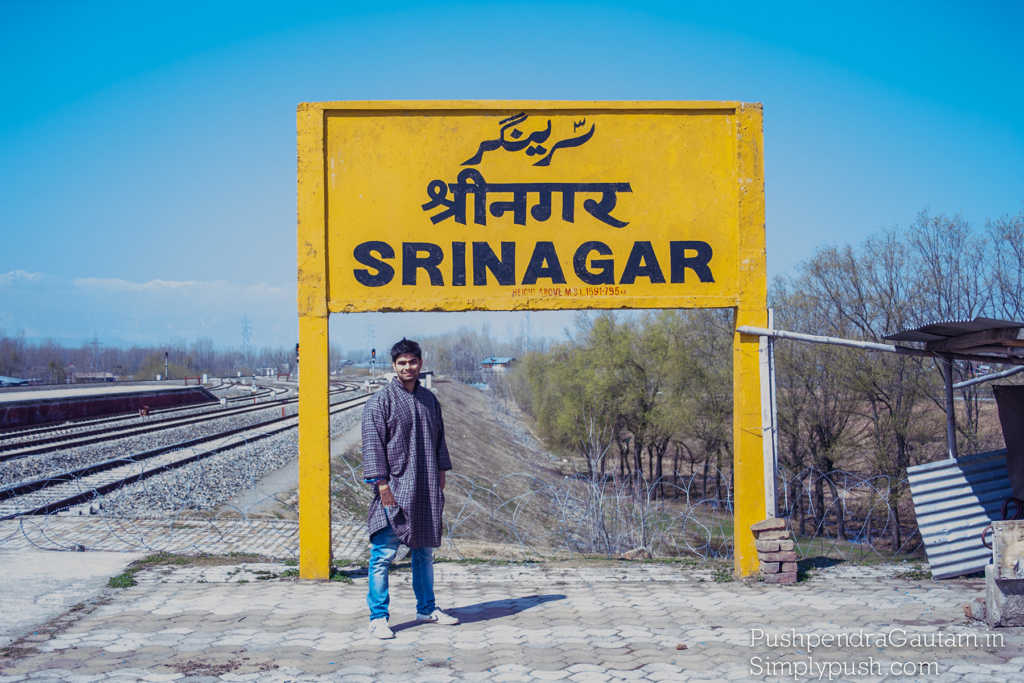A couple of months ago, P Chidambaram, ex-Home & Finance Minister sans distinction stated that ‘Kashmir is nearly lost’ due to the policies of Modi government. He lambasted the government for its use of overwhelming force and pointed out that millions of Kashmiri youth felt alienated from India due to Modi government’s actions. While it is the new-normal for Opposition to criticize everything that the government does, what was shocking was that a senior leader of the Opposition, an ex-Home minister himself was proclaiming aloud that Kashmir was lost. A simple fact check would indicate that Kashmir is anything but lost and while the situation continues to worsen (as it does every summer) on the ground, there is no reason to be overtly pessimistic.
Unlike how our politicians and media talk about it, Kashmir is not a state. The name of the state is Jammu & Kashmir, composed of 4 broad entities- Jammu, Kashmir Valley, Ladakh and Kashmir under Pakistani occupation (which in itself is made up of Gilgit-Baltistan and ‘Azad Kashmir’). Other than Aksai Chin, there is also a small tract under illegal Chinese occupation in Pakistan. The total population of the entire erstwhile princely state of Jammu & Kashmir is estimated at 19 million approx, of which nearly 12.5 million, i.e. 2/3rds resides in the Indian state of Jammu and Kashmir. Excluding Aksai Chin, India holds close to 3/4ths of the area of the erstwhile princely state of Jammu & Kashmir. Kashmir valley makes up 15% of the area of Indian state of Jammu & Kashmir. Jammu constitutes a little over 25%, while sparsely populated Ladakh makes up nearly 60% of the state of Jammu & Kashmir. 54% of Jammu & Kashmir state’s population resides in Kashmir valley, with Jammu (43%) and Ladakh (3%), inhabited by nearly 46% of the population of Jammu & Kashmir. Of the 22 districts in the state, 10 lie in Jammu, 10 in Kashmir valley and 2 in Ladakh.
Of the 10 districts in Kashmir valley, 5 are plagued by separatism and strife. They are- Srinagar, Baramulla, Anantnag, Kulgam and Pulwama. It is these 5 (of the 22 districts in J&K) that gather all attention and limelight for their violent antics. The other 5 districts of Kashmir as also all districts in Jammu & Ladakh are peaceful and as Indian as your neighbour. The 5 separatist-infested districts make up almost a third of the population of Jammu & Kashmir state, it is estimated that no more than 15% of the population of J&K are separatist. Other than Sunni Kashmiri Muslims, who are at the forefront of the separatist campaign, Dogras, Pandits, Shias, Sikhs, Buddhists, Gujjars etc make up the other dominant communities in Jammu & Kashmir. Within the valley, it is estimated that only a third of the population speaks Kashmiri language. Again, this section constitutes the backbone of Stone pelters and arsonists. Muslim majority districts of Poonch, Kargil and others are peaceful and are not rocked by periodic anti-India protests. Jammu with its 68% Hindu majority and Ladakh with its Hindu-Buddhist majority are staunchly nationalist, as are several Muslim dominated parts of Kashmir valley.
It is important to understand these numbers because they put the whole Kashmir conundrum into perspective. The overwhelming population of Jammu & Kashmir state wants to remain with India in peace and prosperity. Our Media, in its endeavor to sensationalize and foreign media, to serve their petty interests tend to portray Kashmir as constituting all of Jammu & Kashmir. That fortunately is not the case. From a demographic point of view, clearly the Separatist Kashmiri Muslim constitutes a minority. As they say, Empty vessels make most noise. It is this noise that is amplified by the Media and used to set a narrative that does great disservice to the otherwise patriotic population of Jammu & Kashmir. The Abdullahs, for all their fiery rhetoric, are a miniscule minority in the overall scheme of things.
It is therefore reasonable to assume that the image of a stone pelter tied before a jeep that caused such outrage in TV studios of Delhi was silently applauded by residents of Jammu & Kashmir who are sick of the violence and daily disruptions to their lives. Similarly, a security operation that gets rid of terrorists is more likely to be appreciated in Jammu & Kashmir than our Media would like to admit.
Far from Kashmir being lost, terrorists and Stone pelters financed by Pakistan are forcing ordinary citizens of Jammu & Kashmir to support India and yearn for peace and development that they know India alone can bestow upon them. Pakistan had launched Operation Gibraltar in 1965, hoping to incite Kashmiris into an uprising against the Indian state. It suffered a massive loss of face when locals apprehended the trouble makers and handed them over to the Indian army.
There is no reason to suspect that residents of Jammu & Kashmir today are any less patriotic than their grandparents who helped foil Pakistan’s Operation Gibraltar.
That having been said, Islamism is a potent philosophy that can lead Kashmir to ruin. It is imperative that the Indian state responds with force to crush Stone pelters, terrorists and their sympathizers. Needless to say, it shall enjoy the support of the masses of Jammu & Kashmir in its endeavors to enable paradise to return in Kashmir.
